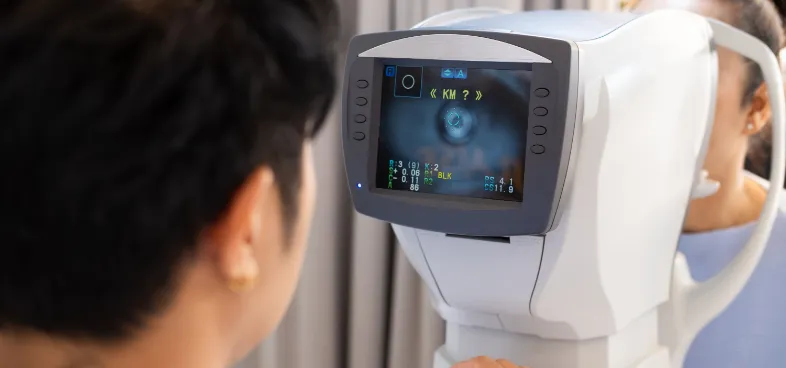
Roshni never liked reading. She always thought that her intense dislike was the reason for her headache whenever she was forced to read. When traveling, she found it difficult to read the notice boards, but she always had her parents with her to guide her. Then when she went to another city for higher studies, she was on her own. Everywhere she went, she had to read something, and each time she was screwing her eyes tightly to read often, with great difficulty.
Then one day, a friend saw her struggle and suggested getting an eye test. She denied having a sight problem and refused to go initially, but her friend did not take no for an answer. So she went to an ophthalmologist.
It was then that she discovered her eye’s refractive problem. She got her prescription glasses, and suddenly, the world became more beautiful. It was filled with clarity and brightness. Every alphabet was clear, sharp, and easy to read no matter where it was. She realized that her headaches were because of her eye problem and not because of her dislike for reading. In fact, she fell in love with reading.
Refractive errors are a failure of the eye to focus the image sharply on the retina.
They include a wide range of problems such as Myopia (nearsightedness), Hyperopia (farsightedness), Astigmatism, Presbyopia, and Higher-Order Aberrations (small tiny aberrations in the cornea).
Symptoms of Refractive errors
Diagnosis
Diagnostic tests include:
Visual Acuity Testing and Refraction should be done every 1 or 2 years. Children with any of the symptoms should be screened to prevent refractive errors from interfering with their work. A comprehensive eye examination should be done by an ophthalmologist to diagnose the problem and arrive at a remedy.
Start your journey to see the world better with the experts in eye care